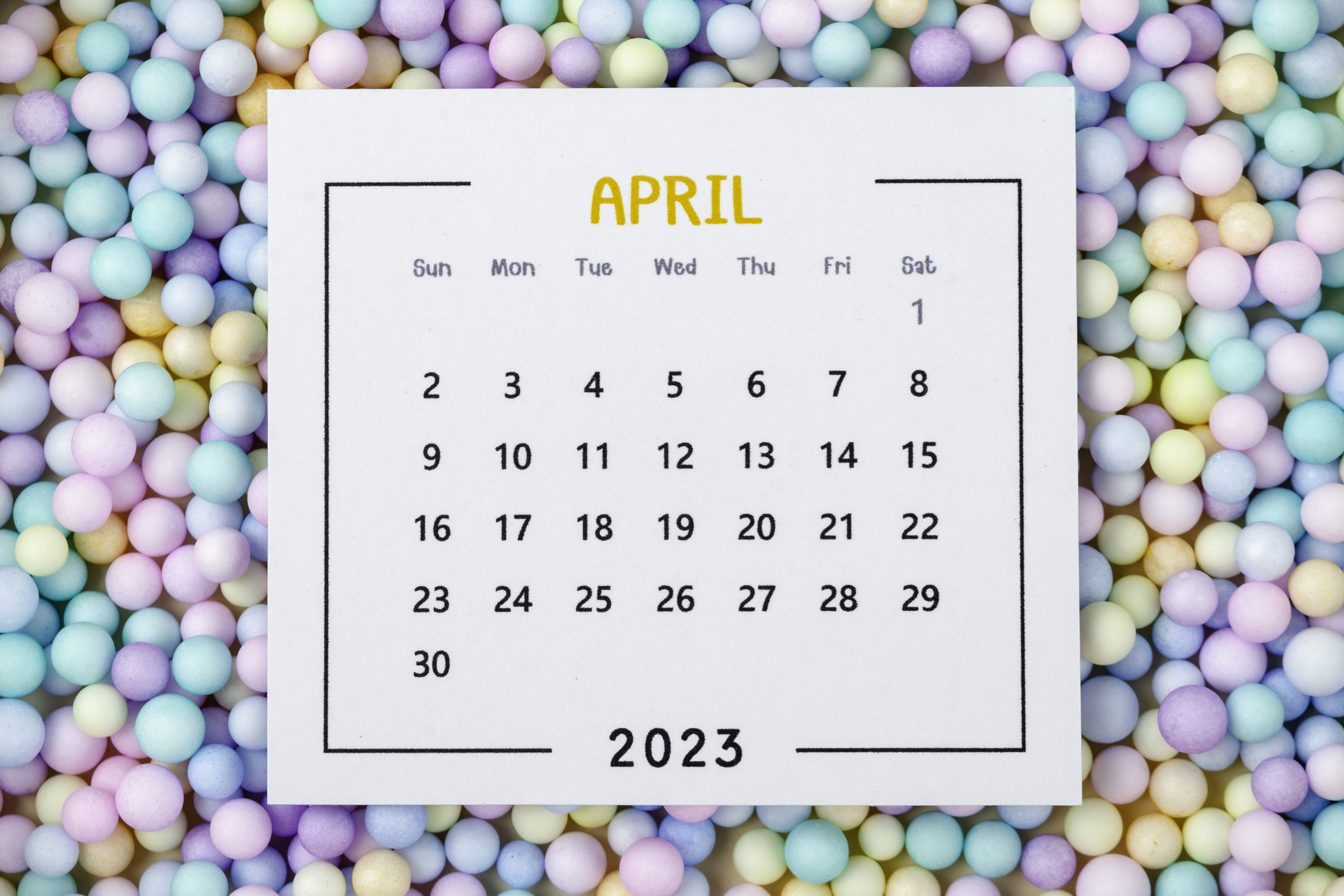
With the end of the 2022/23 tax year fast approaching, time is running out to make the most of valuable tax perks, such as ISAs, pensions and the marriage allowance, which can lead to considerable savings.
Along with the start of Spring and the Easter holidays, the end of March and beginning of April is also associated with the end of the tax year.
At midnight on Wednesday 5 April, 2023, the current tax year will finish and the new 2023/24 tax year will begin.
As one tax year closes, several generous allowances will disappear overnight, so it makes sense to act quickly and claim any tax breaks you’re entitled to.
It’s also more important than ever to make the most of these tax perks, as taxpayers and savers battle high inflation and a squeeze from rising taxes. For example, from 6 April, the annual dividend allowance and capital gains exemption will be cut, while millions of workers are expected to be dragged into higher income tax bands, putting a bigger dent in their pay packets. Meanwhile, “awful April” will spell a number of price hikes, from council tax and broadband to energy bills and prescriptions.
Jason Hollands, managing director of the investment platform Bestinvest, describes it as “arguably the most important tax-year end in living memory” due to the huge pressures on households.
He adds: “If you are in a position to do so, it is vital to make use of the allowances available while you can – but the clock is ticking with just days left to act.”
We’ve put together a checklist to make sure you don’t miss out on any tax breaks or free cash before the next tax year starts.
1, Claim the Marriage Allowance
More than 2 million couples are thought to be eligible for the Marriage Allowance but are failing to claim.
This means if you’re married or in a civil partnership, you could be missing out on a tax break worth up to £252 a year.
If you’ve never claimed it before, you could be due a massive £1,242 windfall, as you can also get paid for previous tax years.
To get it, one person must be a non-taxpayer, while the other person in the couple is a basic-rate (20%) taxpayer. The allowance works by the non-taxpayer transferring 10% of their tax-free allowance to their partner.
You can only claim back four tax years, which means you need to do it by 5 April, or you’ll lose the £238 Marriage Allowance from 2018/19.
It’s simple to claim - check out our Marriage Allowance guide for more information.
2, Use your ISA allowance
Your £20,000 ISA limit is a “use it or lose it” allowance. This means you can pay in up to £20,000 across all your ISAs (bar the junior ISA, which has a separate £9,000 limit) each tax year, and you can’t roll over any unused allowances into the next tax year.
The £20,000 limit applies to cash ISAs, stocks and shares ISAs, lifetime ISAs and innovative finance ISAs.
Putting your money in an ISA means you won’t pay a penny in income tax, dividend tax or capital gains tax on any interest, income or profits that you receive. So, it’s worth moving any investments into a stocks and shares ISA, and savings into a cash ISA (if you can find a comparable interest rate).
It’s especially crucial to transfer your investments into an ISA during this tax year because on 6 April two tax-free allowances will shrink: the capital gains tax allowance will be cut from £12,300 to £6,000 while the dividend tax allowance will be halved from £2,000 to £1,000.
Don’t leave it right until the last minute on 5 April to open, top up or transfer holdings into an ISA. “The later you leave things, the bigger the risk there is of making a mistake or coming up against an unexpected problem such as a dodgy internet connection that disrupts your application process,” notes Hollands.
Common mistakes include paying into more than one of each type of ISA in a tax year (such as contributing to two different cash ISAs), and exceeding the £20,000 allowance.
If you want to open a stocks and shares ISA but aren’t sure where to invest, you can always “park” the money in a cash fund and decide later.
3, Get free cash with a Lifetime ISA
Did you know that if you’re aged 18 to 39 you can open a Lifetime ISA and get £1,000 of free money from the government each tax year? All you have to do is pay in £4,000 each tax year.
The savings vehicle is designed for buying your first home or as a retirement nest egg. As well as keeping your money in a tax-efficient ISA wrapper, the government adds a 25% bonus to your savings, up to a maximum of £1,000 per year.
Like all ISAs, you can’t roll over the allowance into the next tax year, so if you’ve got some spare cash and fit the age criteria, consider stuffing it into a Lifetime ISA to take advantage of the generous government bonus.
You must make your first payment into the Lifetime ISA before you’re 40, and can then keep paying money in until you hit 50. Just be aware that if you withdraw money for any other reason (bar buying your first home, at age 60 or above, or are terminally ill) you’ll pay an exit penalty of 25%.
4, Maximise your pensions
The amount you can contribute to a pension does not automatically disappear at the end of the tax year like the ISA allowance. You can roll forward any unused pension allowances from the previous three tax years.
However, there have been some changes to pension allowances courtesy of the Spring Budget, and as the 2022/23 tax year draws to a close it’s a good time to review and maximise your pension savings.
The lifetime allowance will effectively be scrapped from 6 April, meaning the only allowance most pension savers need to be aware of is the annual allowance. This is currently £40,000 for the 2022/23 tax year but will rise from 6 April for the 2023/24 tax year, to £60,000. Bear in mind that all contributions, including tax relief added and employer contributions, count towards your annual allowance. If you put more than this amount into your pension, you could face a tax charge.
Becky O’Connor, director of public affairs at the pension provider PensionBee, says “being motivated to make the most of your pension allowances can give your retirement fund a massive boost”.
She recommends rolling over unused allowances - known as the carry forward rules - to pay large amounts into your pension and enjoy extra tax relief.
“The carry forward rules can be particularly handy if, for example, you have received a sum from an inheritance that you would like to put in a pension, or you sold a property and want to invest the proceeds tax efficiently, or you are self-employed and had a particularly good year with a bit more than usual to set aside,” she notes. “However, even using carry forward, the amount of pension savings you can make in a tax year [should not exceed your annual earnings].”
So, if you earn £90,000 a year, and have only contributed £10,000 into your pension pot this tax year, and haven’t put anything at all into your pension in previous years, you could pay in an extra £80,000 before 5 April using the carry forward rules (rather than limiting yourself to the current £40,000 annual allowance).
While you’re thinking about your pension savings, it’s worth considering whether you can increase your contributions.
If you’re a basic-rate taxpayer paying in £100 a month (£1,200 a year), you get £300 a year in basic-rate tax relief. If you increase your contribution to £120 a month, you’d get £360 a year in tax relief. This is effectively free cash from the government.
5, Give money away to reduce your inheritance tax liability
Inheritance tax is often called the UK’s most hated tax. More and more people are being caught by the tax as property prices rise and the tax-free IHT allowance remains frozen at £325,000.
With a tax charge of up to 40%, it can take a sizeable chunk out of your loved ones’ inheritance.
But there are several ways you can reduce your beneficiaries’ IHT liability, or even avoid it completely.
For example, every tax year you can give away £3,000 without inheritance tax applying; this is known as the “annual exemption”.
If you didn’t give any money away last year, you can carry forward a further £3,000, raising the total to £6,000, or £12,000 for a couple.
You can only carry forward one tax year’s unused allowance, so act quickly if you want to take advantage of last year’s and this year’s £3,000 limits - you’ll need to gift £6,000 by 5 April.
Anything you gift above £3,000 might still be tax-free if you can prove it was part of your normal expenditure and came out of your income. If you can't, it will become completely IHT-free if you survive seven years after the gift was made.
6, Give your kids a helping hand
A junior ISA and junior self-invested personal pension (Sipp) are a great way to save for your kids’ futures.
Every year you can pay £9,000 into a junior ISA for your child, with the money accessible to them from age 18.
As with all ISAs, growth and income are tax-free, and anything you pay in does not count towards your own £20,000 ISA allowance.
If you want to add money during this tax year you’ll need to pay the money in by 5 April, otherwise this year’s allowance is lost.
Meanwhile, a junior Sipp is an effective way of giving your child’s retirement savings a head-start.
You can pay in up to £2,880 a year, which gives a total of £3,600 thanks to tax relief, and like an ISA, there’s no tax to pay on growth or income.
Under current rules, the earliest your child will be able to access the money is age 57.
Like other pensions, you can carry forward previous allowances. This means if you’ve never paid money into a pension for your daughter, who is say aged 5, you can carry forward the past three years’ allowances of £2,880, plus the current allowance for 2022/23, and pay in £11,520 by midnight on 5 April.







